How Intelligent Are Plum Headed Parakeets?
Among the vast diversity of bird species in the world, parrots stand out for their large brains relative to their body size and their advanced cognitive abilities. Known scientifically as Psittacula cyanocephala, plum-headed parakeets possess advanced cognitive abilities. In other words, they are smart.
Research into psittacine intelligence has revealed their advanced capabilities in areas like communication, social learning, and problem solving. While less studied than other parrots, the cognition of the plum headed parakeet likely overlaps with related species. This article will delve into the current scientific understanding of the intelligence of plum headed parakeets compared to other birds. Key questions include: how does their brain structure confer cognitive advantages? What specific skills do they display in the wild and captivity? And how do they compare to birds like crows and other parrot species in tests of intelligence?
Brain Structure
The advanced cognitive abilities of parrots are facilitated by their large brains relative to their body size. Though plum headed parakeets have a smaller brain than larger parrot species, their brain to body ratio is comparable to other intelligent birds.
Studies measuring brain weight have found the plum headed parakeet brain makes up about 1.5% of its total body weight. The regions of the brain associated with higher thinking like the forebrain and cerebrum are well developed. Within these regions, plum headed parakeets have high densities of neurons compared to other bird species. The structure of the plum headed parakeet brain is very similar to other parrots.
The large forebrain enables complex cognitive processing. Having more neurons concentrated in these areas allows plum headed parakeets to have better memories, problem solving skills, and capacity for learning. The brain structure also includes defined regions for processing complex visual stimuli and coordinating movement.
While the relationship between sheer brain size and intelligence is still debated, it is clear the plum headed parakeet brain has specialized regions that confer cognitive advantages over birds with differently proportioned brains. The concentrated neural density in areas critical for intelligence provides a structural basis for their advanced skills.
Cognitive Abilities
Plum headed parakeets display a range of advanced cognitive skills both in the wild and in captivity. Their intelligence is centered around skills like tool use, vocalizations, social learning, and problem solving.
Tool Use
Observations of wild plum headed parakeets show their regular use of tools to obtain food and other objects. Their dexterous beaks allow them to pick up and manipulate sticks, branches, and other tools. They use these items to dig pits to uncover insect larvae, retrieve hard-to-reach fruit, and extract seeds.
Plum headed parakeets have also demonstrated insight learning – the ability to suddenly understand the solution to a problem. In captive experiments, they learned to bend wires to bring food rewards within reach rather than simply repeating ineffective behaviors. This mental flexibility requires higher order cognitive processing.
Communication
With a large repertoire of contact calls, alarm calls, and flight calls, plum headed parakeets have sophisticated vocal communication abilities. Their calls have specific meanings in different social situations. Individual birds can even be identified by unique characteristics of their calls.
Like other parrots, plum headed parakeets are excellent vocal mimics. Many individuals can imitate a range of environmental sounds and human speech. Their vocal learning skills enable complex information exchange.
Social Learning
Plum headed parakeets live in large flocks with complex social relationships. Field studies show they transmit learned behaviors and information through social networks. Juveniles acquire new foraging techniques by observing adults.
Strong social bonds and hierarchies also characterize plum headed parakeet flocks. Their large brains allow them to recognize individual birds and remember complex social dynamics. Maintaining these flocks requires individual recognition, cooperation, and coordination.
Problem Solving
In controlled experiments, plum headed parakeets exhibit considerable problem solving abilities. When presented with puzzles to obtain rewards, they display rapid learning. With repeated trials, they develop highly efficient strategies.
Plum headed parakeets understand object relationships and spatial representations. In tests, they can select the appropriate tools to reach a reward based on an understanding of functional relationships between objects. This abstract reasoning requires advanced cognitive processes.
Comparisons to Other Birds
While less studied than other psittacines, available research allows some comparisons between the cognitive abilities of plum headed parakeets and other highly intelligent birds. Two groups with notable intelligence are corvids (crows, ravens, jays) and parrots.
Corvids
In tests of intelligence, corvids like crows and ravens outperform most animals. They have excellent memories, cause-effect reasoning, imagination, and object manipulation abilities. Compared to corvids, parrots generally have a harder time with tasks requiring mental representation and object relationships.
However, plum headed parakeets match or exceed crows on some cognitive tests. For example, they develop more efficient strategies faster on problem solving tasks. But crows appear better at using insight to find shortcuts. Overall, plum headed parakeets likely have some cognitive skills on par with corvids but also some disadvantages.
Parrots
Among parrots, comparative psychology tests find similar intelligence levels across different genera. Plum headed parakeets perform similarly to cockatiels and budgerigars on many learning and problem solving tasks.
Larger parrots with bigger brains like macaws and African greys exceed plum headed parakeets in areas like vocabulary size, social reasoning, and behavioral complexity. But within the range of parrot intelligence, the plum headed parakeet possesses advanced cognitive faculties comparable to most other psittacines. Its skills likely overlay closely with other medium-sized parrots.
Captivity vs Wild Intelligence
There are some key differences in the expression of plum headed parakeet intelligence in captive settings compared to the wild. Both environments provide insights into their cognitive abilities.
In the wild, plum headed parakeets face pressures and challenges that depend on advanced cognition. Foraging, flock coordination, communication, predator avoidance, and mate selection all select for intelligence. Wild birds must constantly employ their cognitive skills.
Captive plum headed parakeets, however, face fewer threats and have their basic needs provided. Without environmental pressures, their natural behaviors and intelligent problem solving abilities are less frequently displayed. Captivity can lead to a reduced realization of their cognitive potential.
However, captive settings allow controlled experiments probing plum headed parakeet intelligence. Tools like puzzles and conditioning provide insights into their cognitive capacities. Their advanced vocal mimicry and human interaction skills also emerge around humans.
Environmental enrichment is important for captive parakeets to fully exhibit their abilities. Providing variable, stimulating environments with opportunities for flight, foraging, and display of natural behaviors helps maintain their wild cognitive faculties even in captivity. This better reveals the full extent of their intelligence through experiments.
Conclusion
Plum headed parakeets stand out among birds for their advanced brain structure and cognitive abilities. They possess notable intelligence compared to many avian species. Though less studied than related parrots, their cognitive skills likely overlap considerably with other psittacines.
Research has revealed plum headed parakeets have specialized brain regions that enable complex processing and memory. This manifests in skills like innovative tool use, vocal mimicry, social coordination, and problem solving. They outperform many birds on tests of cognition and learning.
However, their intelligence depends greatly on their environment. Captivity often reduces their need for advanced cognition, while enrichment can help them thrive. There is still much to learn about plum headed parakeet intelligence through field observations and comparative psychology.
Overall, the plum headed parakeet is a highly social, flexible, and intelligent bird. Their cognitive capacities provide a window into the evolution of intelligence across parrots and other animals. With further research, we can better appreciate the natural abilities of these fascinating green parakeets with their brightly colored heads. Their intelligence merits further scientific investigation and appreciation.
Resources
Iwaniuk, A.N., Dean, K.M., & Nelson, J.E. (2004). Interspecific Allometry of the Brain and Brain Regions in Parrots (Psittaciformes): Comparisons with Other Birds and Primates. Brain, Behavior and Evolution, 65(1), 40–59. https://doi.org/10.1159/000081110
Emery, N. J. (2006). Cognitive ornithology: the evolution of avian intelligence. Philosophical Transactions of the Royal Society B: Biological Sciences, 361, 23–43. http://doi.org/10.1098/rstb.2005.1736
Baciadonna, L., Cornero, F.M., Emery, N.J., Clayton, N.S., & Wynne, C.D.L. (2021). Convergent evolution of complex cognition: Insights from the field of avian cognition into the study of self-awareness. Learning & Behavior, 49, 9–22. https://doi.org/10.3758/s13420-020-00434-5

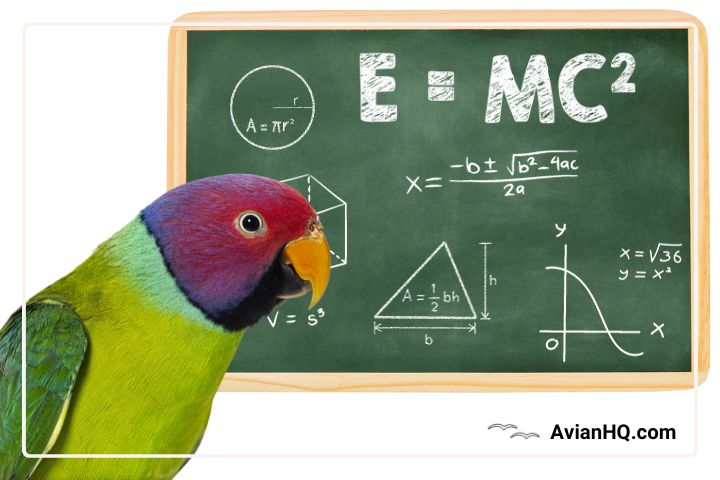
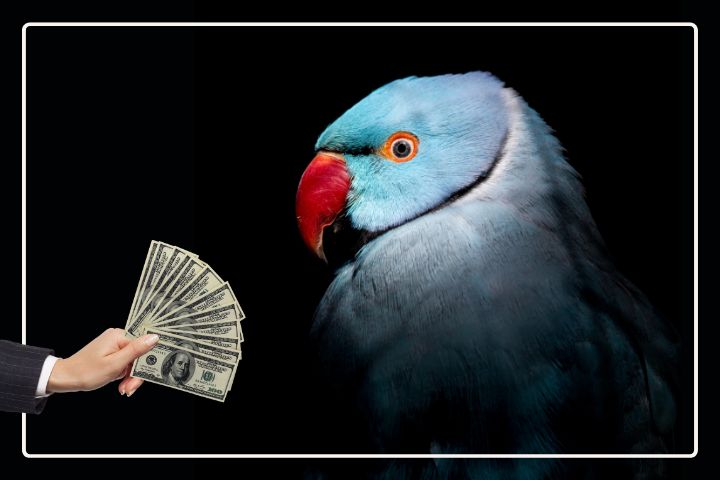

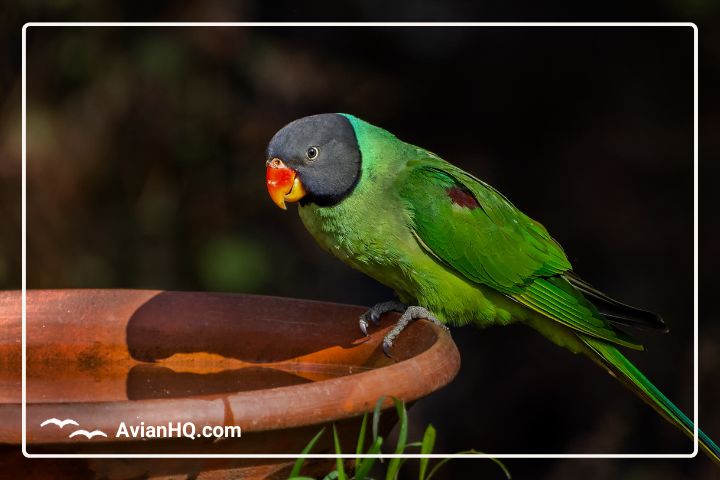
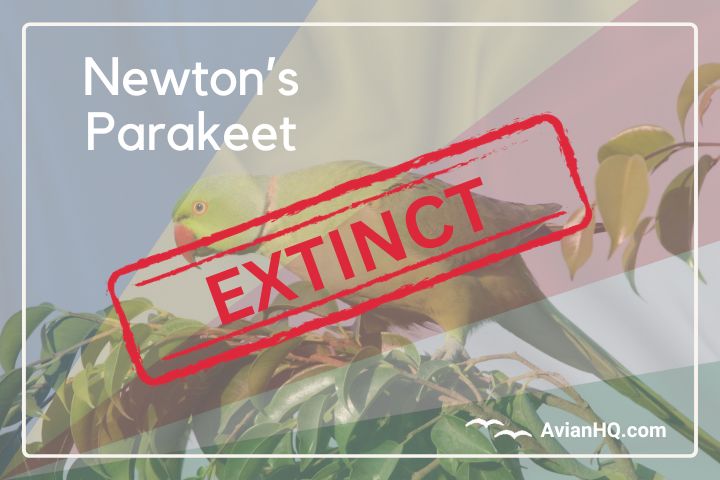
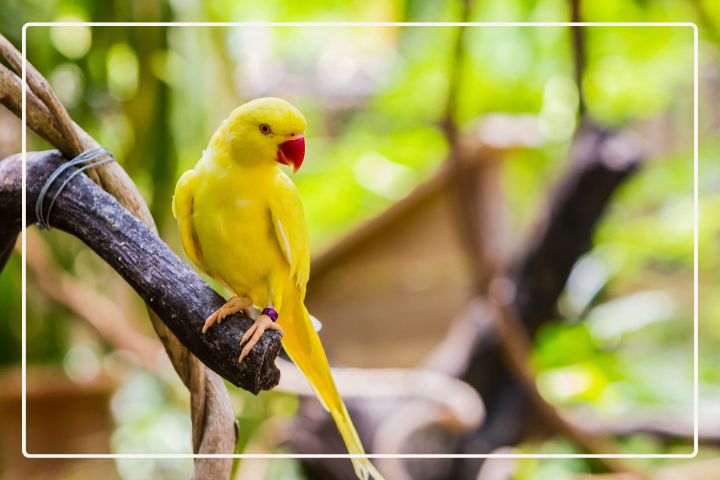
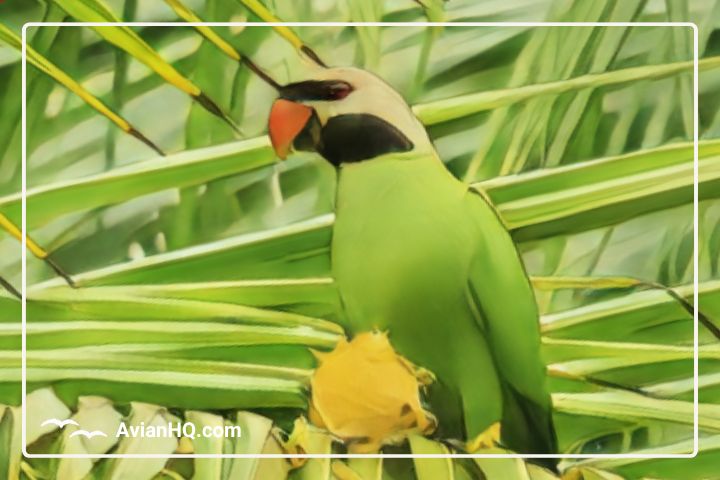
This design is steller! You certainly know how to keep a reader entertained. Between your wit and your videos, I was almost moved to start my own blog (well, almost…HaHa!) Great job. I really loved what you had to say, and more than that, how you presented it. Too cool!